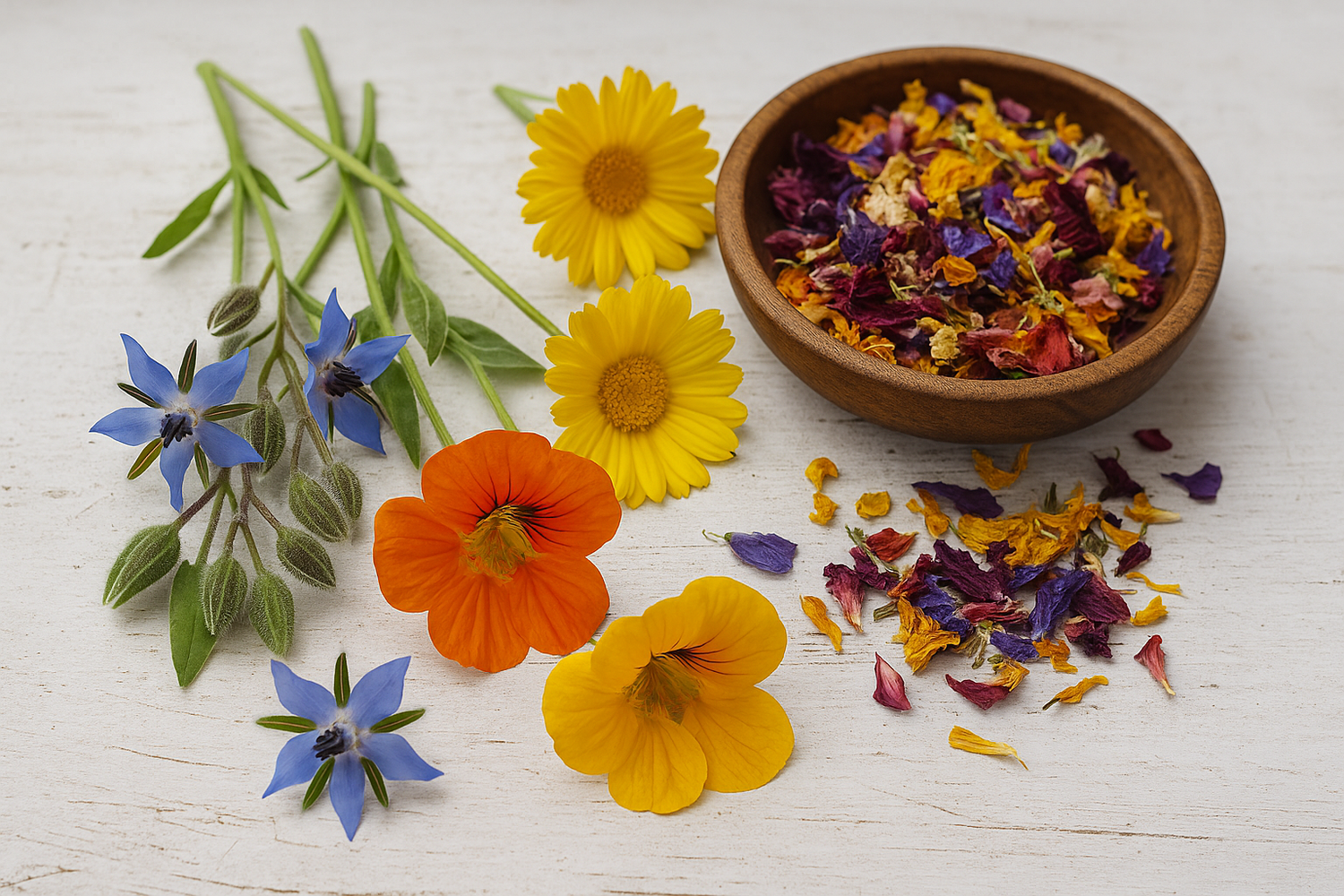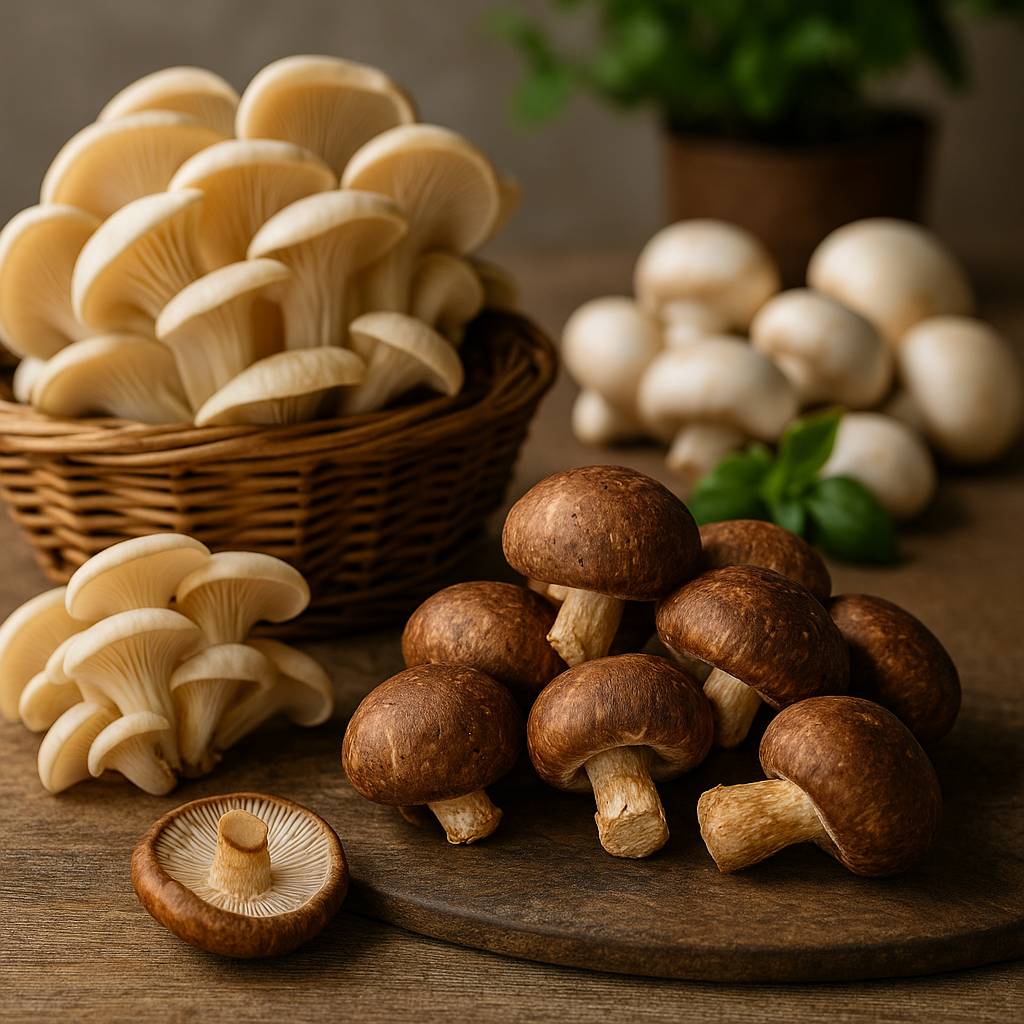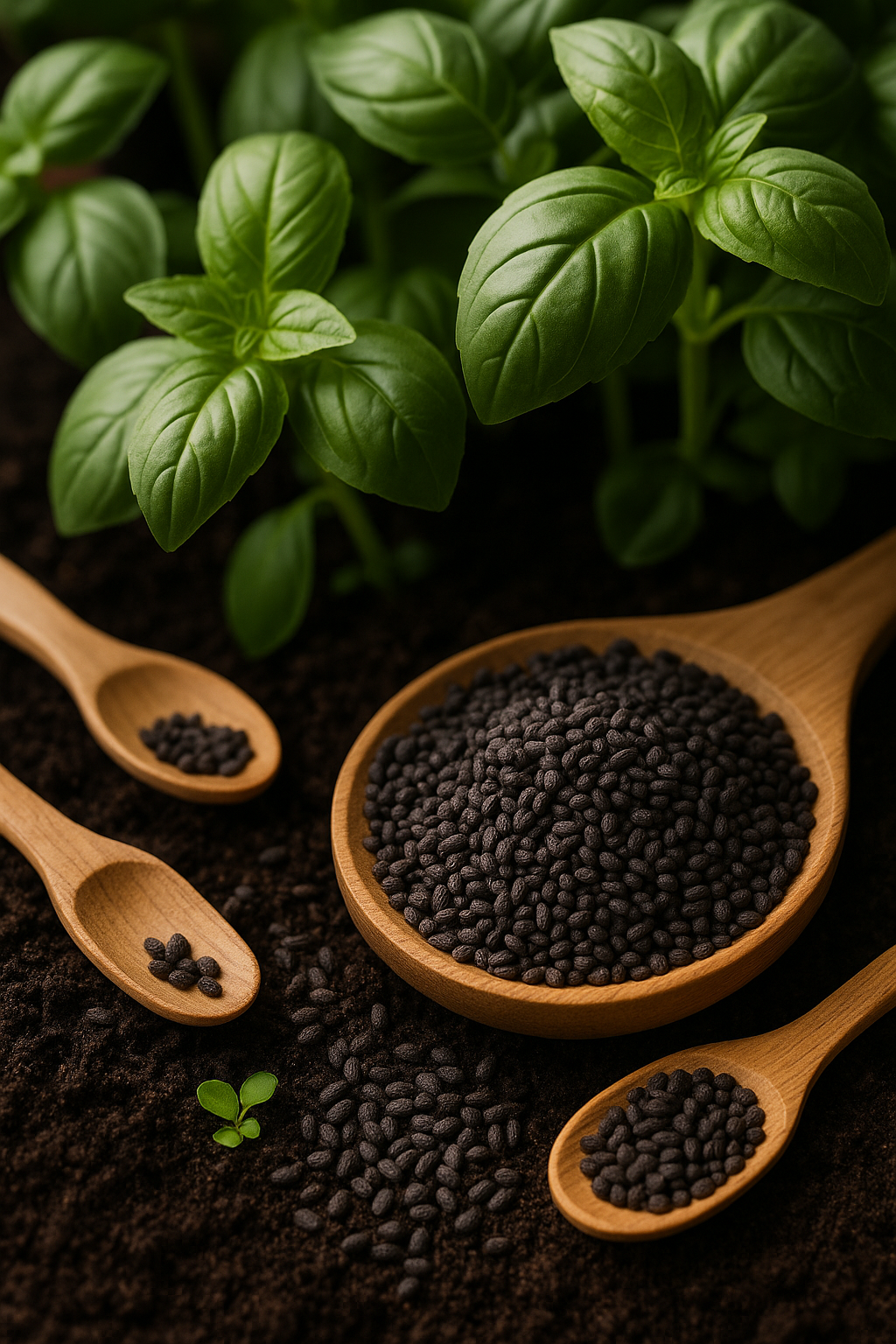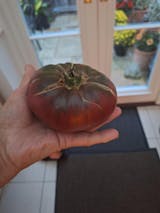Why grow edible flowers?
What if your salads became as beautiful as they are tasty? Edible flowers add a touch of color, flavor, and creativity to your plates. But that's not all: in the garden, they attract pollinators, repel certain pests, and fit perfectly into a permaculture approach.
Here is our guide to sowing, harvesting, maintaining… and especially cooking these extraordinary flowers.
1. What are the main edible flowers to sow?
🌼 Nasturtium (Tropaeolum majus)
- Flavor: peppery, close to radish.
- Use: flowers in salad, flower buds in pickles, raw leaves.
- Particularity: attracts aphids, protects your vegetables.
🌼 Borage (Borago officinalis)
- Flavor: iodine-like, slightly sweet.
- Use: flowers on desserts, floral ice cubes, summer salads.
- Particularity: melliferous, grows everywhere, hardy.
🌼 Marigold (Calendula officinalis)
- Flavor: mild, slightly bitter.
- Use: petals in rice, infusions, homemade ointments.
- Particularity: excellent repellent in the garden.
🌼 Pansy, violet, cornflower, marigold…
Other flowers are edible and decorative, but some require more precautions. You must always be sure of the species, the origin of the seeds (organic and untreated), and never consume a doubtful flower.
👉 See our selection of organic edible flower seeds
2. How to sow edible flowers?
📅 Period
- Sowing in pots: from March-April under cover.
- Sowing directly in the ground: from mid-April to June, depending on the species.
🌱 In practice
- Sow on the surface or up to 5 mm deep depending on seed size.
- Keep the substrate moist until germination.
- Transplanting possible after 3–4 weeks in the ground or in a planter.
🪴 Balcony tip
Edible flowers grow very well in pots or planters: hanging nasturtiums, borage in a deep container, marigolds in a balcony box…
3. Maintenance and harvesting
- Regular watering, especially in pots.
- Mulching to retain moisture and limit unwanted weeds.
- Harvest: in the morning, in dry weather, when flowers are fully open.
- Maintenance: prune regularly to encourage continuous flowering.
4. How to use flowers in cooking?
🌿 Raw
- Decorate your mixed salads.
- Add a floral touch on open sandwiches, toasts, fresh cheeses.
- Use in ice cubes for floral drinks.
🍲 Gentle cooking or infusion
- Marigolds and pansies in soothing herbal teas.
- Dried petals to enrich rice, pasta, clear broths.
🧴 Cosmetic or medicinal use
- Marigold for anti-inflammatory ointments.
- Macerations in vegetable oil (calendula).
💡 Tip: always wash flowers well, and only use flowers from untreated seeds, grown without chemicals.
Conclusion
Edible flower seeds are at the crossroads of pleasure gardening and useful gardening. By sowing them, you bring life, colors, flavor, and beauty to your vegetable garden as well as your plate. Easy to grow, they add a poetic touch to your harvests… and your cooking.
🌸 Discover our edible flower box to start easily and brighten your garden naturally.





Leave a comment
This site is protected by hCaptcha and the hCaptcha Privacy Policy and Terms of Service apply.